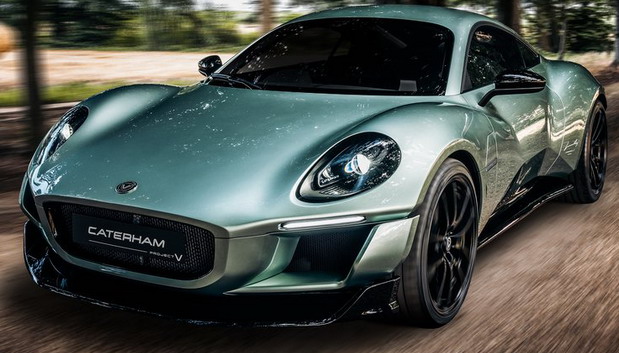PORSCHE

Brand now bets his chips on electrification
After betting on supercharging to reduce fuel consumption and carbon dioxide (CO2) emissions from its gasoline engines, Porsche now appears to be reversing. Pursuing the same purpose, which is to make engines more environmentally friendly, German technicians promise to exchange supercharging for electrification, in which a small electric motor, combined with an equally small battery, helps the combustion engine in the phases in which it turns out to be more polluting and less efficient.
The obligation to comply with the standards imposed by Brussels, regarding the reduction of CO2 emissions, led the overwhelming majority of car manufacturers to adhere to the turbocharger technology, which allowed them to adopt smaller engines and, in some cases, with fewer cylinders. And even most sports people did not escape this fashion.
If we compare the 2012 Porsche 911 with the 2016 version, the last to adopt the opposing six-cylinder atmospheric and the first to mount a turbo in the entry-level version, it is easy to see that the boxer engine saw the displacement of 3, 4 to 3.0 liters, but its power has increased from 350 to 370 hp. And, more than that, the torque was increased even more clearly, with the maximum value of 450 Nm being reached at 1700 rpm, instead of 390 Nm at 5600 rpm of the atmospheric unit. With the increase in power, consumption decreased from 9.0 to 8.3 l / 100 km, with CO2 emissions also falling, from 212 to 190 g of CO2 per km. The 718 Cayman also used the same type of strategy followed by the 911, only even more extreme, since in the more accessible versions it replaced the old atmospheric boxer engines with six cylinders for the turbo with only four.
But these values were still based on the NEDC standard, which is less rigorous than the current WLTP and the proof is that the new 911, with the same turbo engine, already announces 10.3 l / 100 km and 233 g of CO2. And it is not evident that these values, as well as those of its competitors, will not be revised upwards from 2021, when they have to be confirmed under real conditions of use. This may be the reason that led Porsche sports director Frank-Steffan Walliser to advance to Autocar that the German brand is very motivated to keep atmospheric engines alive, using electrification. According to Walliser, it is a question of combining the high power at high speed of atmospheric motors with the power at low speed of electrical units.
The mechanics defended by Walliser will allow the return of engines with a more pleasant sound - without the turbocharger suffocating the exhaust system -, guaranteeing even more strength, less emissions and, most likely, the possibility of traveling a few kilometers in electric mode if electrification extends to PHEV.
Autonews

Nenhum comentário:
Postar um comentário